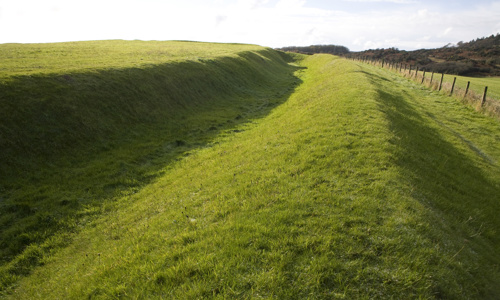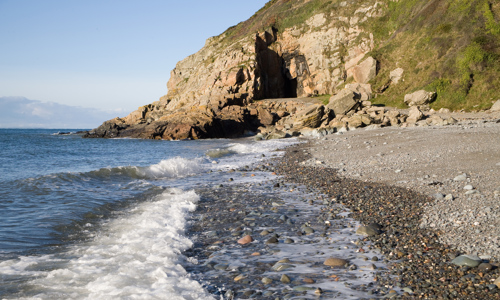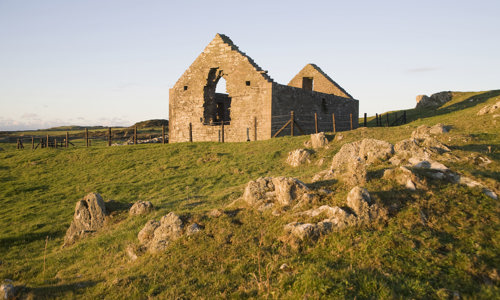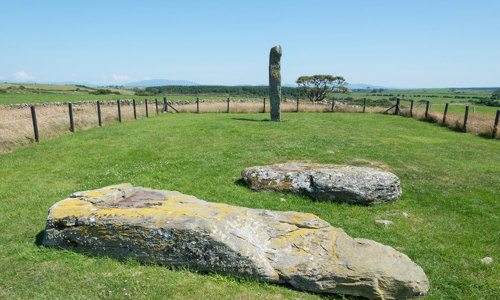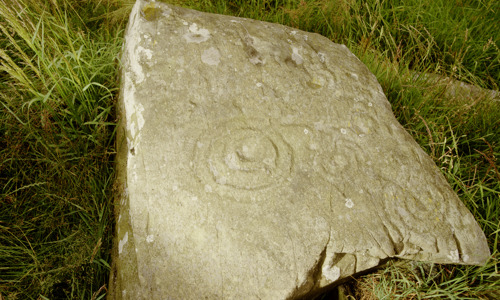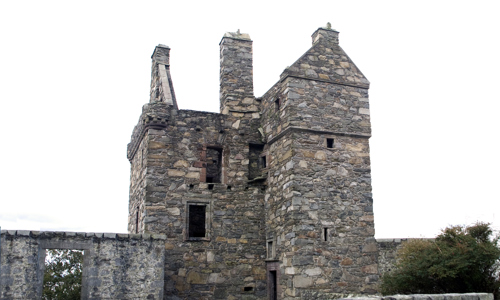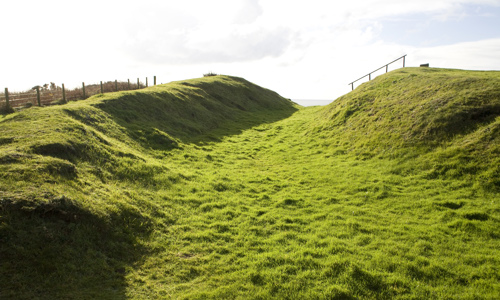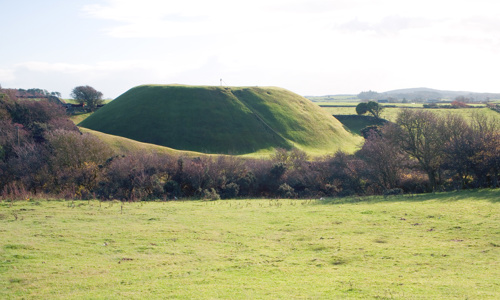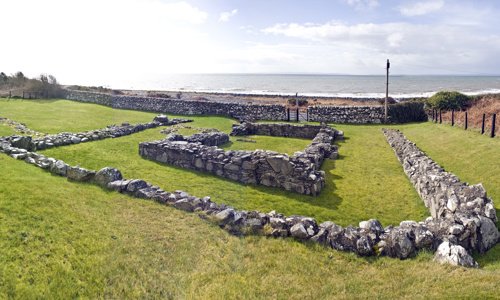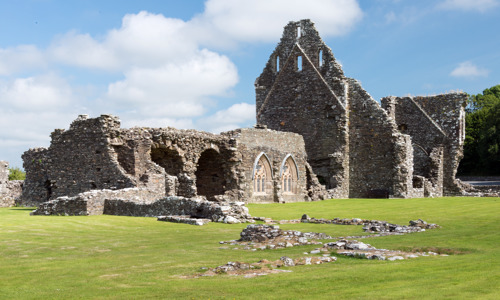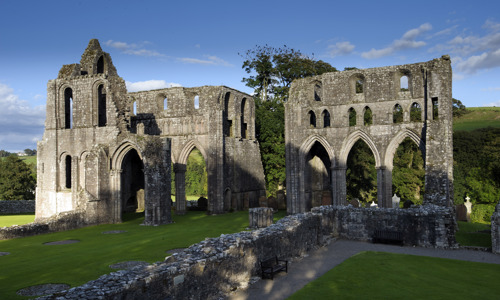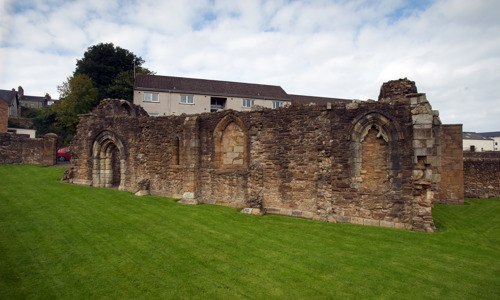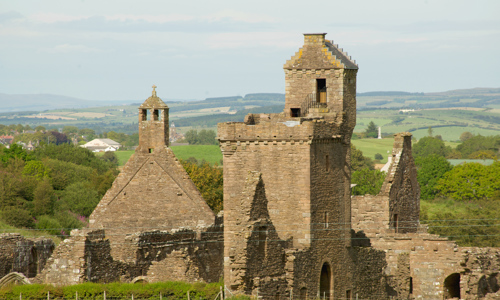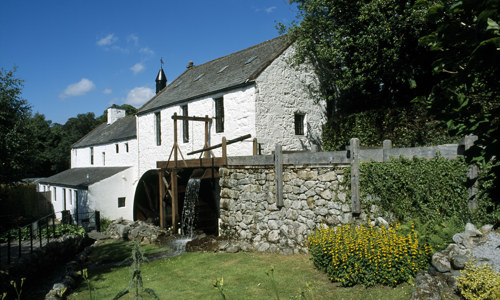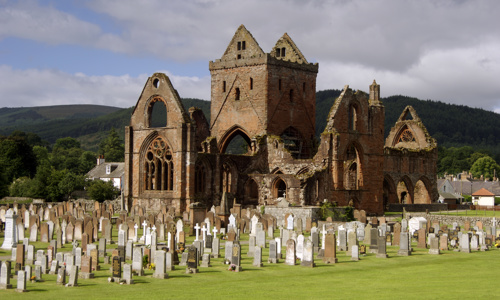History
Known as Scotland’s ‘cradle of Christianity’, Whithorn Priory was a centre of Christian worship for more than 1,000 years.
One of the country’s earliest Christian communities lived and worshipped here, creating artworks in stone to express their faith. Among them is the oldest Christian monument to have been found in Scotland.
Christian beginnings
The earliest evidence we have of Christianity in Whithorn, and in Scotland, is the Latinus Stone. Discovered beneath the priory ruins during excavations in the 1880s, it dates to the 5th century. Its inscription translates as:
We praise you, the Lord! Latinus, descendant of Barravados, aged 35, and his daughter, aged 4, made a sign here.
In the early 700s, St Bede wrote of Whithorn as the home of St Ninian’s 4th- or 5th-century church – the Candida Casa (‘shining white house’). It was widely believed that Christianity spread from here across southern Scotland.
Recent research suggests that in fact Whithorn may have begun as an important secular, possibly even royal, settlement.
Showing faith
However the settlement developed, St Ninian’s shrine made Whithorn one of the most important places of pilgrimage in Scotland, as people came to seek the saint’s healing powers.
In the 8th and 9th centuries, the priory was under the control of the Anglo-Saxon kingdom of Northumbria. Its fame spread far and wide, fuelled by St Bede’s writing.
By the 900s, Vikings controlled the western seaways. Christian Norse settlers joined Whithorn’s population, creating a melting pot of cultural influences. A stone-carving tradition known as the ‘Whithorn School’ arose. Many of the carved crosses, with their elaborate, entwined patterns, can be seen in our museum, near the priory gate.
Royal patronage
Later, Scotland’s medieval kings and queens also made pilgrimages to Whithorn. They brought valuable gifts to the shrine and gave money to expand the priory – by now home to Premonstratensian monks.
It thrived, largely thanks to visits from James IV, and the late 1400s and early 1500s were a golden age for Whithorn and its priory. In 1511, James IV re-founded Whithorn as a royal burgh.
But the 1560 Protestant Reformation devastated Whithorn:
- the church and monastery were suppressed
- St Ninian’s shrine was destroyed
- the cathedral was stripped of its wealth and estates
By the late 1500s, the church lay in ruins.
Today, visitors can view some of the church’s treasures in the Whithorn Story Visitor Centre, and explore the tranquil remains of this once bustling religious power centre.


